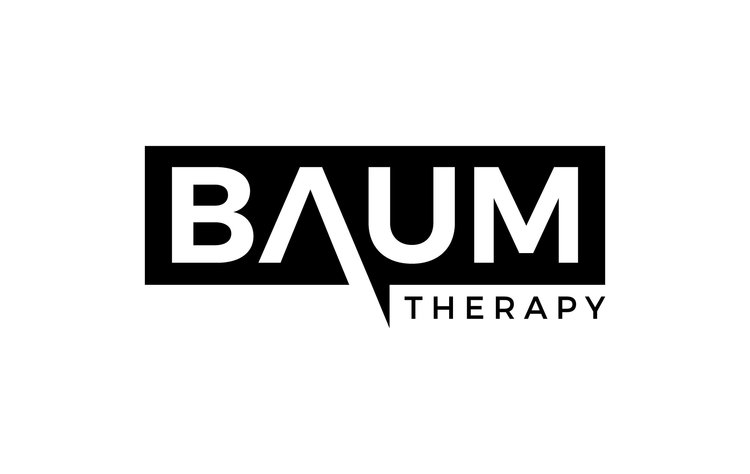Mobility vs. Flexibility - What's the Difference?
Mobility and flexibility sometimes seem synonymous, but both words have very different meanings. Keep reading to find out what the difference is between mobility and flexibility, and how to improve both!
Mobility vs. Flexibility
Simply put, flexibility refers to the ability of your soft tissues to stretch while mobility refers to the range of motion seen in muscle tissues, joints, and soft tissue. Therefore, flexibility is under the umbrella of mobility, and both can impact the other, but success in one does not mean success in the other. For example, you can have good flexibility when stretching, but when trying to perform a functional movement, mobility may be restricted due to overactive muscles compensating for a lack of stability somewhere.
How to Improve Both
Flexibility can be improved through stretching activities such as yoga. The goal of stretching is to increase the ability of a muscle to lengthen. Some great beginner yoga poses include:
1. Child’s Pose - sit on your heels, bring your torso forward and place your forehead on the ground in front of you. Extend your arms toward the front of the mat with palms facing down. Rest your chest in between your knees.
2. Downward Facing Dog - start on hands and knees and spread your hands shoulder-width apart and knees hips-width apart. Send your hips to the sky to create an inverted V shape with your body. Spread your fingers and toes as wide as you can to get as much grounding as possible.
3. Mountain Pose - Stand tall with your feet hip-width apart and arms by your sides. Engage your legs and draw your tailbone down.
4. Warrior I to Warrior II – to begin Warrior I come into a lunge position with your back heel facing inward and your front knee directly over your front ankle. Keep both your hips facing forward and bring your arms over head; to move to Warrior II open up your hips to the side of the mat and extend your arms out with palms facing down. Make sure to keep a 90-degree angle and gaze out over your front middle finger.
5. Pigeon Pose - On hands and knees, slide your right knee forward toward your right hand and slide your left leg back. Square your hips to the front of the mat and bring your torso down into a forward bend over your bent right leg.
Mobility should be used when a muscle is restricted and needs to be released or range of motion needs to be improved. Mobility can be increased through:
1. Myofascial release
2. Cupping
3. IASTM
4. Percussive therapy
Why Should You Care About Both?
Flexibility is important to mobility because it is hard to move a joint when the surrounding tissue is tight; mobility is important to flexibility because your body will compensate for any short comings and restrict flexibility if needed. Beyond the gym, both mobility and flexibility are important for every functional movement you perform throughout the day and to prevent wear and tear on your joints over time. Prioritize mobilizing and stretching throughout your self care routine to keep on top of all your muscle and joint needs.
